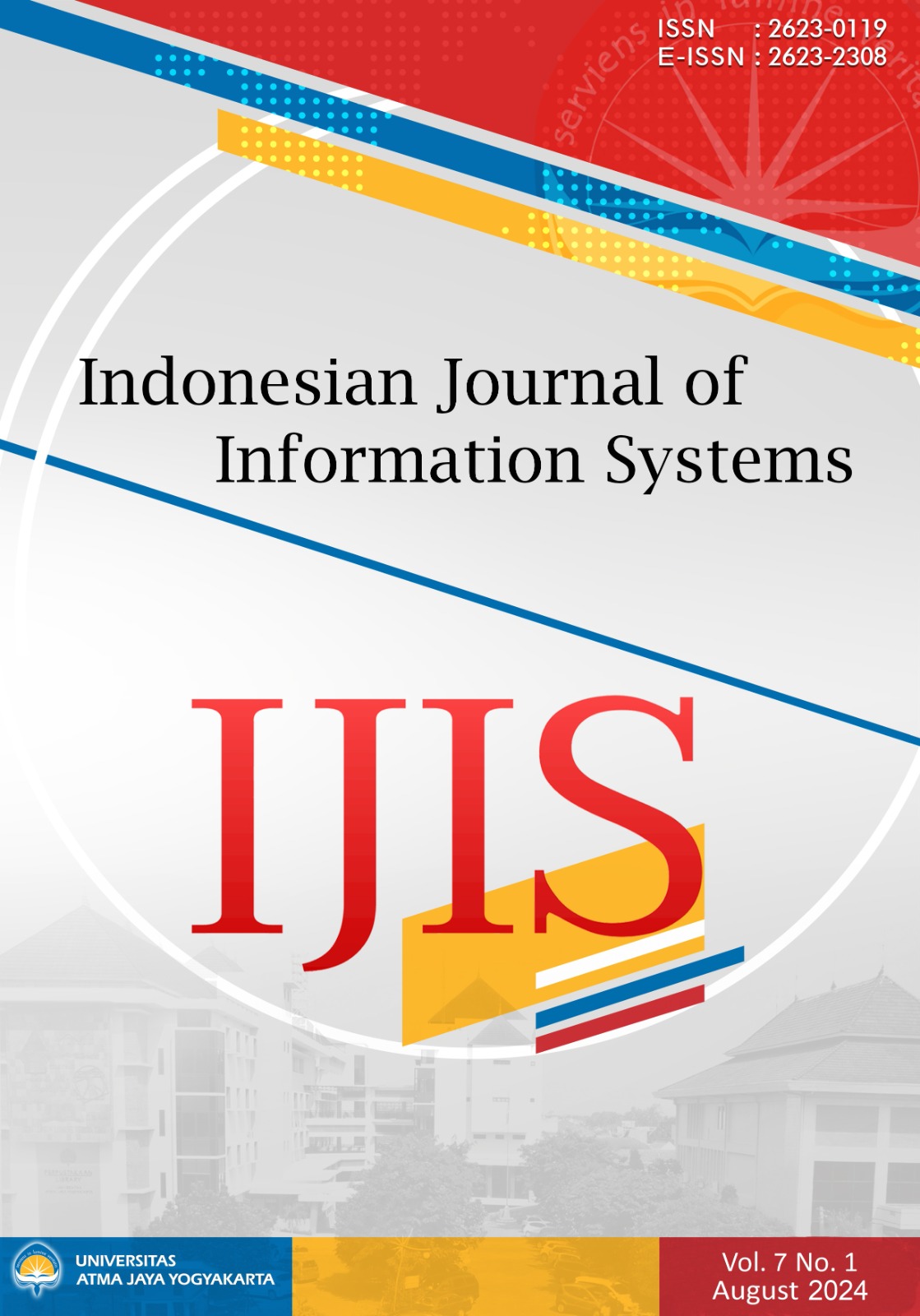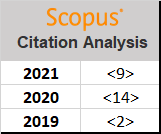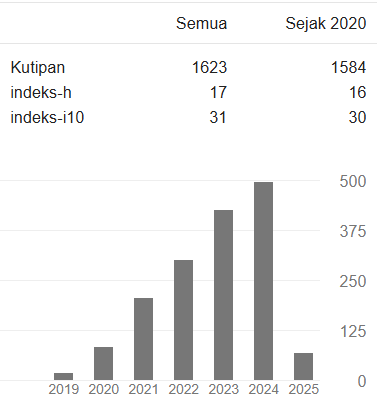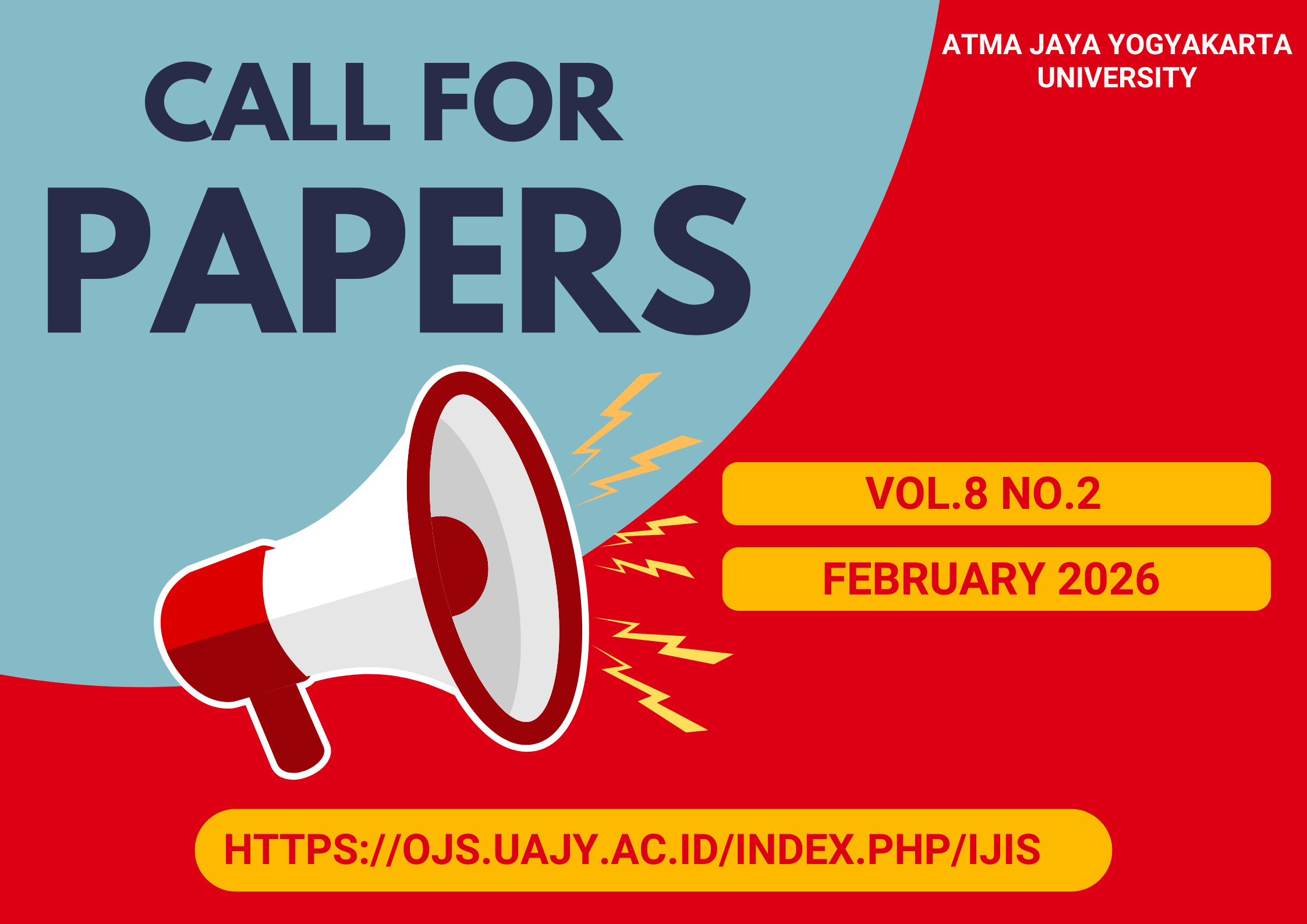Computer Network Design and Applications for West Java Legislative Elections
DOI:
https://doi.org/10.24002/ijis.v7i1.5420Keywords:
Legislative Election, Application, Server, WebAbstract
Legislative elections or Pileg are an annual schedule that is routinely held in Indonesia for five years. The concept of technology 4.0 has a huge opportunity to be applied in the legislative election process in this modern era. Legislative elections that use digital devices connected in such a way have more advantages than legislative elections that use conventional methods. The application of technology 4.0 in legislative elections has advantages in terms of effectiveness, data processing speed, and costs. The design of the legislative election system is made using a network where each polling station will be provided with one server to accommodate votes at the polling station. Then the server synchronizes the data to a central server to calculate the final results obtained. The server is built using the text-based Ubuntu Linux operating system. The application used is web-based, with the programming languages used being HTML, PHP, CSS, and Javascript. The test data shows that the time required for the system to complete each stage of the legislative election process is relatively faster than conventional legislative elections. So it can be concluded that the design of the legislative election system has met the requirements to accelerate the legislative election process. This research uses an SDLC system with a prototype model. Tests are carried out using BlackBox testing to test the suitability of the application with application access.
References
I. Akman, A. Yazici, A. Mishra, and A. Arifoglu, “E-Government: A global view and an empirical evaluation of some attributes of citizens,” Gov. Inf. Q., 2005, doi: 10.1016/j.giq.2004.12.001.
D. Robey and S. Sahay, “Transforming Work Through Information Technology: A Comparative Case Study of Geographic Information Systems in County Government,” Information Systems Research. 1996, doi: 10.1287/isre.7.1.93.
F. Lin, S. S. Fofanah, and D. Liang, “Assessing citizen adoption of e-Government initiatives in Gambia: A validation of the technology acceptance model in information systems success,” Gov. Inf. Q., 2011, doi: 10.1016/j.giq.2010.09.004.
T. Haryadi, A. Nurmandi, I. Muallidin, D. Kurniawan, and others, “Implementing ‘SIREKAP’ Application Based on Election for Improving the Integrity of Election Administrators and Increasing Public Trust,” in International Conference on Human Interaction and Emerging Technologies, 2021, pp. 159–165.
N. Saidatin, M. Munir, M. V. Oktaviani, and P. G. T. Widodo, “Development of General Election Services for Disabilities by using Application SUARAKU In Surabaya,” INTEGER J. Inf. Technol., vol. 4, no. 1, 2019.
V. D. Erlina, “PROTOTYPE OF E-ELECTION APPLICATION.”
I. Gerungan, “Perilaku Memilih Masyarakat Desa Touliang pada Pemilihan Gubernur dan Wakil Gubernur Sulawesi Utara 2015 (suatu Studi di Desa Touliang Kakas Kecamatan Kakas Barat Kabupaten Minahasa),” J. Polit., vol. 5, no. 1, 2016.
Undang – Undang No 7 Tahun 2017 Tentang Pemilihan Umum. .
UNDANG-UNDANG REPUBLIK INDONESIA NOMOR 3 TAHUN 1999 TENTANG PEMILIHAN UMUM. .
L. Suryadinata, “Indonesia. The Year of a Democratic Election,” in Southeast Asian Affairs 2005, ISEAS Publishing, 2005, pp. 133–149.
T. Kohno, A. Stubblefield, A. D. Rubin, and D. S. Wallach, “Analysis of an electronic voting system,” 2004, doi: 10.1109/SECPRI.2004.1301313.
A. Savirani, N. Al Akbar, U. N. E. Jamson, and L. Asworo, “Floating Liberals: Female Politicians, Progressive Politics, and PSI in the 2019 Indonesian Election,” J. Curr. Southeast Asian Aff., vol. 40, no. 1, pp. 116–135, 2021.
S. Z. Iqbal and M. Idrees, “Z-SDLC Model A New Model For Software Development Life Cycle (SDLC),” Z-SDLC Model A New Model Softw. Dev. Life Cycle, 2017.
D. Marijan, N. Teslic, M. Temerinac, and V. Pekovic, “On the effectiveness of the system validation based on the black box testing methodology,” in 2009 IEEE Circuits and Systems International Conference on Testing and Diagnosis, 2009, pp. 1–4.
S. Machajewski, “What is a Computer Network?-Types & Definition.” Diambil kembali dari study. com: http://study. com/academy/lesson/what-is-a~…, 2015.
P. D. Webb, H. Eulau, and R. Gibbins, “Election Political Science,” 2020. https://www.britannica.com/topic/election-political-science (accessed Dec. 29, 2021).
S. Nidhra, “Black Box and White Box Testing Techniques - A Literature Review,” Int. J. Embed. Syst. Appl., 2012, doi: 10.5121/ijesa.2012.2204.
M. Khan and others, “Different approaches to black box testing technique for finding errors,” Int. J. Softw. Eng. & Appl., vol. 2, no. 4, 2011.
H. Wu, “An effective equivalence partitioning method to design the test case of the WEB application,” in 2012 International Conference on Systems and Informatics (ICSAI2012), 2012, pp. 2524–2527.
A. P. Estrada-Vargas, E. López-Mellado, and J.-J. Lesage, “A black-box identification method for automated discrete-event systems,” IEEE Trans. Autom. Sci. Eng., vol. 14, no. 3, pp. 1321–1336, 2015.
M. A. Khan and M. Sadiq, “Analysis of black box software testing techniques: A case study,” in The 2011 International Conference and Workshop on Current Trends in Information Technology (CTIT 11), 2011, pp. 1–5.
Downloads
Published
How to Cite
Issue
Section
License
Copyright (c) 2024 Indonesian Journal of Information Systems

This work is licensed under a Creative Commons Attribution-ShareAlike 4.0 International License.
Indonesian Journal of Information Systems as journal publisher holds copyright of papers published in this journal. Authors transfer the copyright of their journal by filling Copyright Transfer Form and send it to Indonesian Journal of Information Systems.

Indonesian Journal of Information Systems is licensed under a Creative Commons Attribution-NonCommercial 4.0 International License.

















